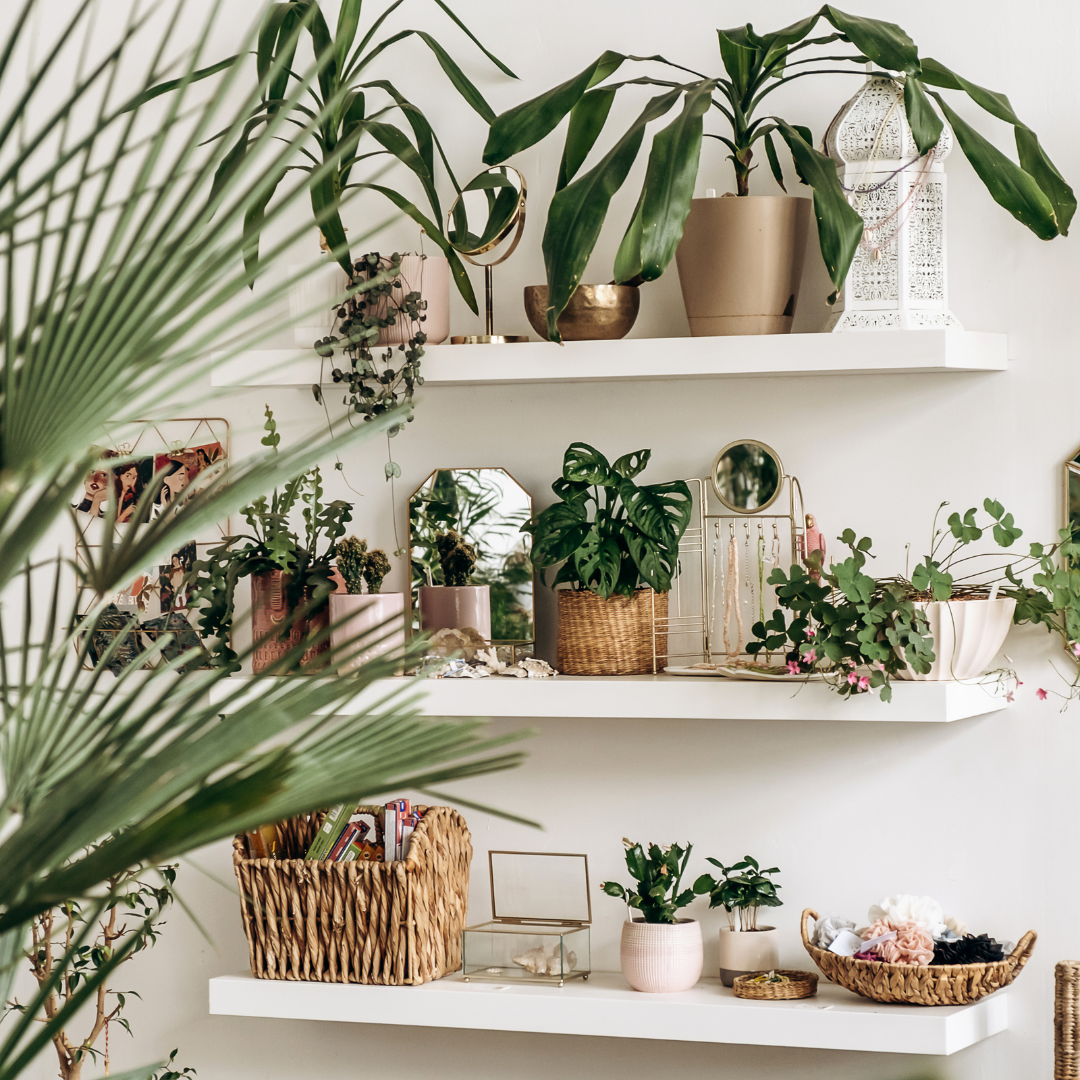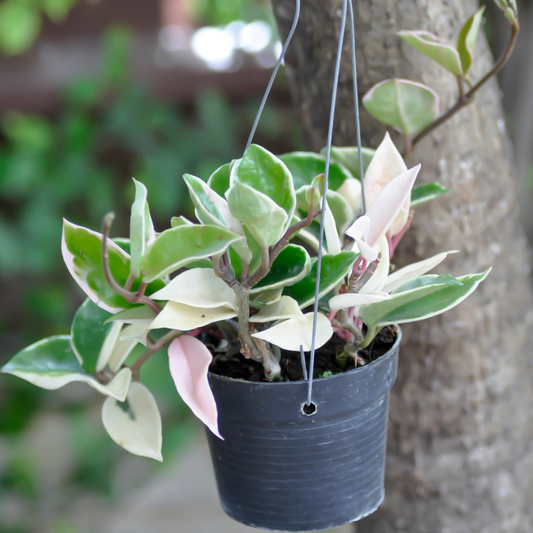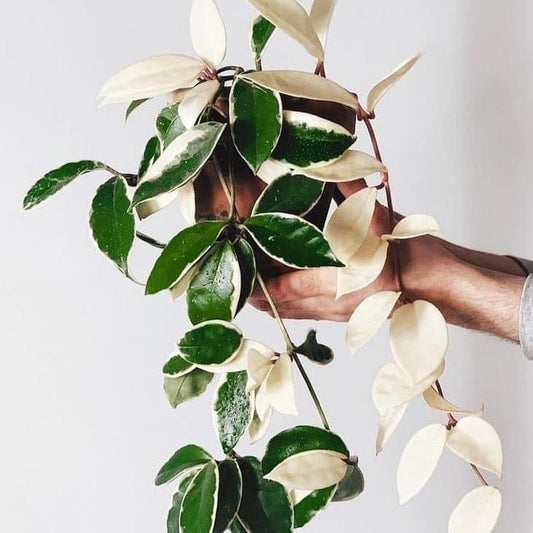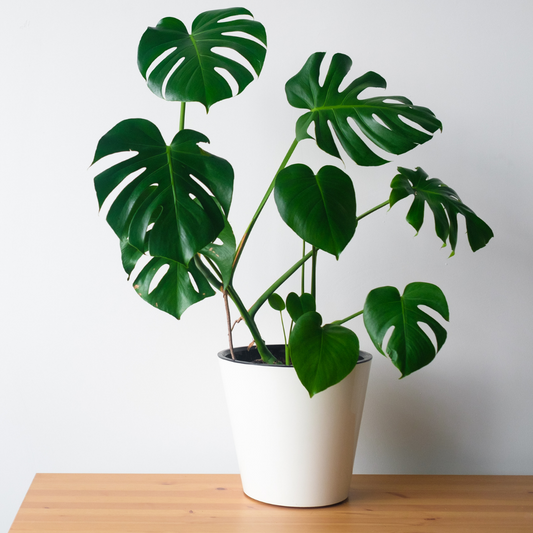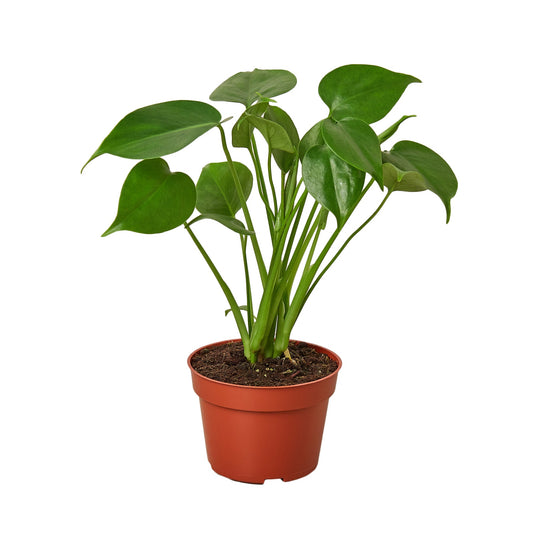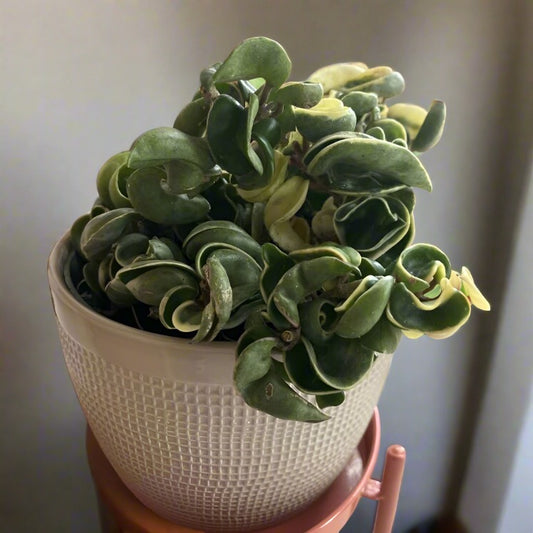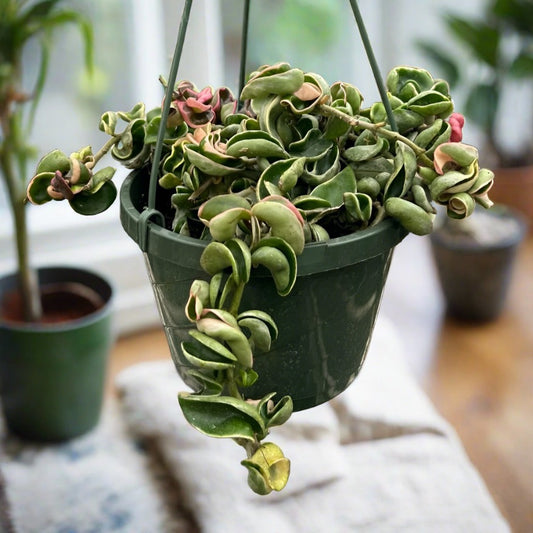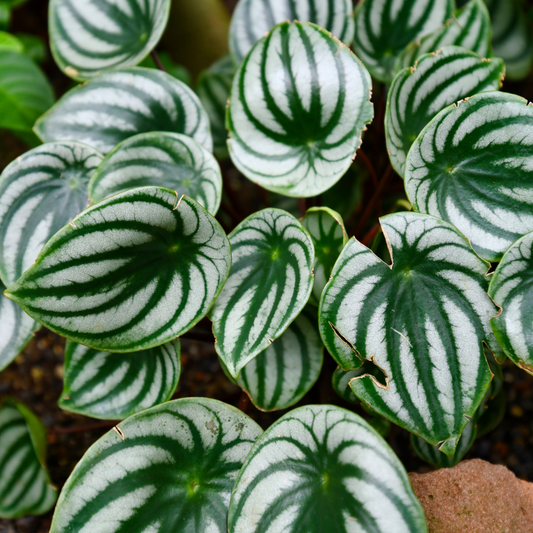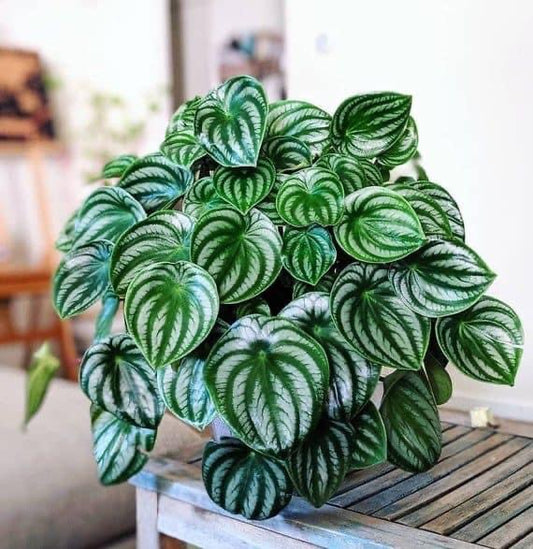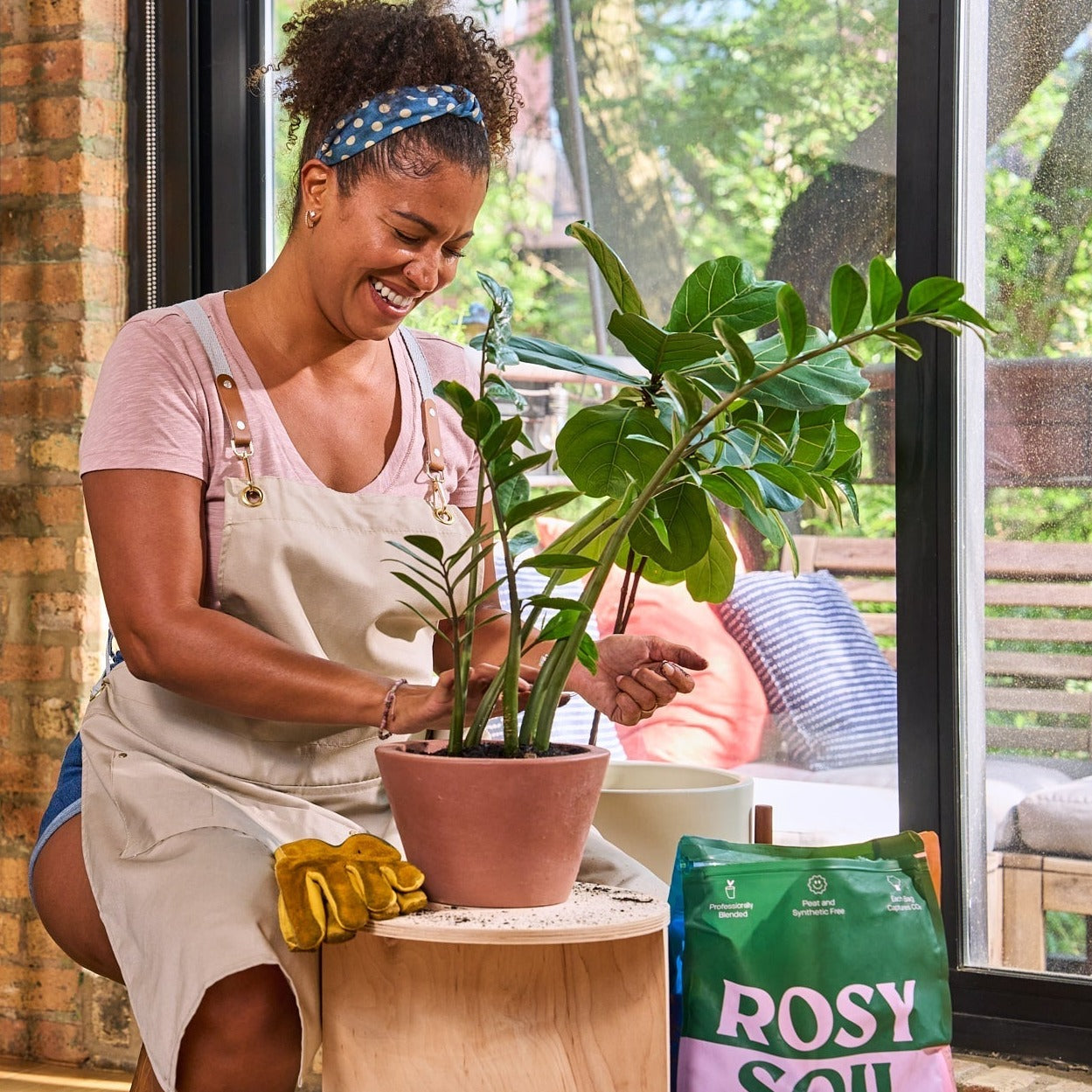Winter Blues? Let’s Go Green with Indoor Plants!
Winter’s shorter days and colder weather can often lead to a dip in our mood, sometimes known as the “winter blues.” The season’s limited sunlight and the tendency to spend more time indoors can leave us feeling sluggish, unmotivated, and even down. But here’s a natural solution: going green with indoor plants! Not only do plants make our homes more visually appealing, but they also improve air quality, boost our mood, and reduce stress. In this post, we’ll explore how adding plants to your indoor space can improve your well-being, especially in the winter.
Why Do Indoor Plants Help with Winter Blues?
During winter, many people feel the effects of shorter days, lower light levels, and decreased time spent outside. Lower serotonin levels, often caused by a lack of sunlight, can impact mood and even lead to Seasonal Affective Disorder (SAD). Introducing indoor plants into your space provides a natural way to combat these feelings, bringing a touch of nature indoors when we need it most.
Plants aren’t just a visual perk—they actively improve your indoor environment, offering benefits for mental health, air quality, and concentration. Studies show that time around plants can decrease levels of the stress hormone cortisol, boosting both mental clarity and calm. With the right plants, you can create a “winter oasis” that helps you stay connected to nature all season long.
Top Benefits of Indoor Plants During Winter
1. Boosting Mood and Lowering Stress
Indoor plants are known for their calming effects, which can be especially valuable in winter. The presence of greenery has been shown to reduce stress and elevate mood. Some research even suggests that people who keep plants indoors experience less anxiety. Plants like the snake plant, pothos, and peace lily bring a soothing, grounding energy into any space. Having plants around offers a sense of peace and gives you a natural boost to help counter the winter blues.
2. Improving Indoor Air Quality Naturally
Stale indoor air can be a common winter problem, as we tend to keep windows closed and rely on heating. This can trap dust and pollutants, leaving our indoor air quality less than ideal. Plants like the spider plant, peace lily, and aloe vera are natural air purifiers, absorbing toxins like formaldehyde and benzene. Additionally, plants release oxygen and moisture, helping to combat the dryness caused by indoor heating and improve overall air quality, making your indoor environment healthier and fresher.
3. Increasing Focus and Productivity
When it’s dark and dreary outside, many people struggle to stay focused and productive. Studies show that adding plants to your workspace can increase concentration and productivity by up to 15%. Plants like the ZZ plant and philodendron are great options for home offices, as they require low maintenance and can thrive even in low light. Adding greenery to your workspace helps you feel more alert and engaged, making it easier to focus, even on gray winter days.
4. Promoting Better Sleep
Winter can disrupt sleep patterns, but certain plants can help. Lavender and jasmine, for example, release calming scents that promote relaxation and reduce anxiety. Aloe vera, another fantastic plant for bedrooms, releases oxygen at night, which can support better breathing and restful sleep. By adding one or two sleep-supporting plants to your bedroom, you can create a peaceful environment that promotes relaxation and helps you wake up refreshed.
5. Providing a Natural Humidity Boost
Dry winter air, especially from heating systems, can cause dry skin, irritated sinuses, and even respiratory issues. Plants like Boston ferns and bamboo palms add moisture back into the air through transpiration, helping to keep your indoor environment more comfortable. Increased humidity from plants can also make breathing easier and relieve dry skin. This makes them especially beneficial in winter, when dryness is at its worst.
Best Indoor Plants for Winter Well-being
Certain plants thrive particularly well indoors during the colder months. Here are some easy-care options that will add greenery to your space and require minimal maintenance:
-
Snake Plant: A low-light, low-maintenance champion, the snake plant is a perfect winter plant. It’s also one of the best natural air purifiers.
-
Pothos: Pothos is a versatile, trailing vine that grows well in almost any light condition and is known for removing indoor toxins.
-
ZZ Plant: The ZZ plant is resilient, requires minimal watering, and does well in low-light environments—ideal for those new to plant care.
-
Aloe Vera: Beyond purifying the air, aloe vera has skincare benefits and releases oxygen at night, making it great for bedrooms.
-
Peace Lily: With its graceful white blooms, the peace lily not only purifies the air but also adds a touch of elegance to any room.

Winter Care Tips for Indoor Plants
Winter can be a challenging time for indoor plants, so here are some simple tips to keep your green companions thriving:
1. Adjust Watering Frequency
Plants generally need less water in the winter since their growth slows. Always check the soil’s moisture level before watering; overwatering can lead to root rot.
2. Provide Proper Lighting
With shorter days, your plants may need a bit more light. Move them closer to windows if possible, and consider using grow lights to ensure they get adequate light, especially in darker rooms.
3. Maintain Humidity
If indoor air is very dry, a humidifier can help. Alternatively, misting your plants or grouping them together can help maintain humidity, creating a mini climate they’ll love.
4. Avoid Temperature Fluctuations
Keep plants away from drafty windows, doors, and heating vents. Temperature swings can stress your plants, especially in winter.
Ideas for Bringing Greenery into Your Home This Winter
Not sure where to start? Here are a few easy ways to incorporate plants into different areas of your home:
-
Desk Plants: Small, low-maintenance plants like succulents or ZZ plants work well on desks, bringing a little green energy to your workspace.
-
Hanging Plants: Use hanging planters for plants like pothos or ivy, which create a cascading effect and add greenery without taking up floor space.
-
Bathroom-Friendly Plants: Bathrooms are great for moisture-loving plants like ferns, bamboo, or even orchids. They thrive in the added humidity from showers.
-
Kitchen Herb Garden: Grow herbs like basil, mint, or rosemary on a windowsill. Not only will they brighten your kitchen, but they’ll also come in handy for cooking!
Embracing Sustainable Plant Care
Since eco-conscious practices align with our brand values, consider these sustainable tips for caring for your plants:
- Use Recycled Pots: Repurpose containers as planters to reduce waste.
- Choose Organic Potting Soil: Organic soil supports a healthier environment for your plants and reduces the use of chemicals.
- Compost Plant Waste: When trimming or pruning, compost leaves and other plant material instead of tossing it.
Summary: Bringing Green into Your Winter Routine
Winter doesn’t have to mean a dull, lifeless indoor space. By adding indoor plants to your environment, you can transform your home into a green retreat that supports your mental and physical well-being. Whether you’re looking to improve air quality, boost your mood, or just add a touch of life to your space, indoor plants provide a natural and accessible solution.
So, this winter, embrace the season by going green. Head over to our Winter Plant Collection to find the perfect plants to make your indoor space a cozy, healthy oasis!
By following these tips, you’ll be well on your way to creating a vibrant, healthy, and serene winter space. Don’t let the winter blues get you down—bring the outside in and make this season feel a little bit brighter!

